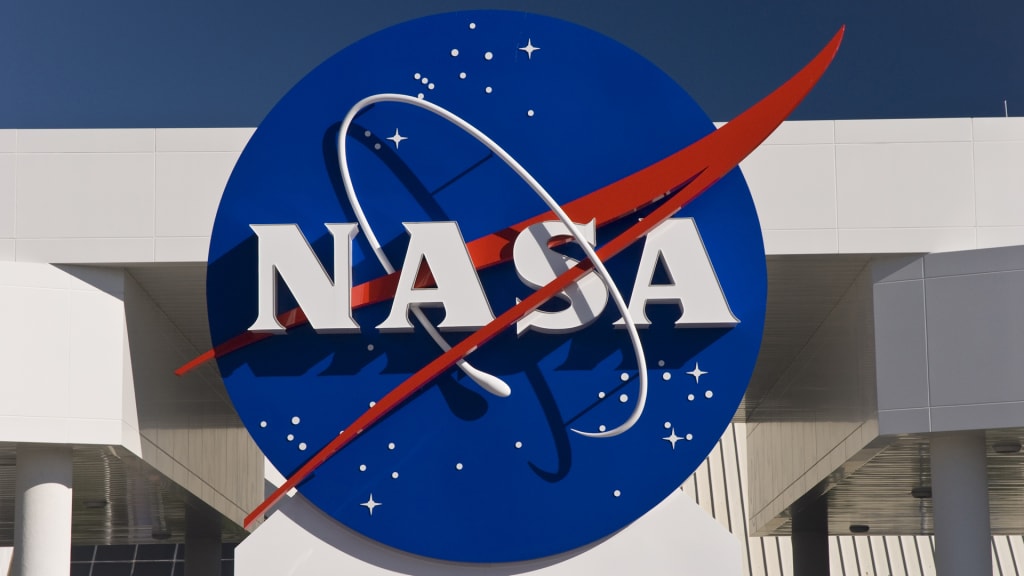NASA, the National Aeronautics and Space Administration
NASA's plans include more ambitious missions

NASA, the National Aeronautics and Space Administration, is the United States government agency responsible for the nation's civilian space program and for aeronautics and aerospace research. Established in 1958, NASA has been at the forefront of space exploration and scientific discovery, contributing significantly to our understanding of the universe and technological advancement. The activities of NASA are diverse and span across multiple domains including space exploration, scientific research, technological innovation, and international collaboration.
Space Exploration
NASA's space exploration activities are perhaps the most publicly recognized. This includes both manned and unmanned missions. The agency's human spaceflight program, notably through the Apollo missions, achieved the monumental feat of landing humans on the Moon. This legacy continues with the Artemis program, aiming to return humans to the Moon by the mid-2020s, and eventually establish a sustainable human presence there. The Artemis missions are designed to build a foundation for future exploration of Mars, demonstrating new technologies and systems for deep space missions.
In addition to manned missions, NASA conducts numerous robotic space missions. The Mars rovers, including the famous Curiosity and Perseverance rovers, have been exploring the Martian surface, conducting experiments, and searching for signs of past life. The Juno spacecraft is currently studying Jupiter, providing unprecedented insights into the gas giant’s atmosphere and magnetic field. The Voyager probes, launched in the 1970s, continue to send back data from the farthest reaches of our solar system and beyond, having entered interstellar space.
Scientific Research
NASA's scientific research extends beyond our solar system. The Hubble Space Telescope, launched in 1990, has revolutionized our understanding of the universe, capturing stunning images of distant galaxies, nebulae, and other cosmic phenomena. Its successor, the James Webb Space Telescope (JWST), launched in December 2021, is set to delve even deeper into space, examining the formation of stars and galaxies, and potentially identifying habitable exoplanets.
In Earth sciences, NASA operates a fleet of satellites that monitor the planet's climate and environment. These satellites provide critical data on global temperature trends, ice melt, deforestation, and natural disasters. This information is essential for understanding climate change and its impacts, helping to inform policy and decision-making at both national and international levels.
Technological Innovation
NASA is a hub of technological innovation. The agency has developed and transferred a wide range of technologies to the private sector, spurring economic growth and improving quality of life. Technologies initially developed for space missions have found applications in various industries, including medical devices, transportation, public safety, and consumer goods.
For example, NASA’s research in robotics, initially intended for space missions, has been adapted for medical purposes, such as robotic surgery. Advances in materials science have led to the development of stronger, lighter materials used in everything from sports equipment to aircraft. The miniaturization of electronics driven by space needs has paved the way for the development of modern smartphones and portable computing devices.
Aeronautics Research
Beyond space, NASA is deeply involved in aeronautics research. The agency works to improve aviation safety, efficiency, and environmental sustainability. NASA's research in aeronautics has led to significant advancements in aircraft design, including the development of quieter, more fuel-efficient engines and innovative air traffic management systems. These advancements help reduce the environmental impact of aviation and enhance the safety and reliability of air travel.
NASA's X-Plane program is a key component of its aeronautics research. The X-59 QueSST, for example, is an experimental aircraft designed to fly at supersonic speeds without producing a loud sonic boom. If successful, this technology could lead to the resurgence of supersonic passenger flights, drastically reducing travel times.
International Collaboration
NASA actively collaborates with international space agencies and organizations. The International Space Station (ISS) is a prime example of such collaboration, involving space agencies from the United States, Russia, Europe, Japan, and Canada. The ISS serves as a laboratory for scientific research across multiple disciplines, from biology to physics, and provides a unique platform for international cooperation in space exploration.
NASA also engages in partnerships with emerging space nations, sharing expertise and resources to foster global participation in space activities. Collaborative missions, such as the Mars exploration missions with the European Space Agency (ESA), demonstrate the value of international partnerships in achieving ambitious scientific goals.
Education and Outreach
Education and public outreach are central to NASA's mission. The agency works to inspire the next generation of scientists, engineers, and astronauts through a variety of educational programs and initiatives. NASA provides educational resources for teachers and students, hosts public events, and engages with the community through social media and other platforms. These efforts aim to foster a greater understanding of science and technology and to encourage young people to pursue careers in STEM (science, technology, engineering, and mathematics) fields.
Future Prospects
Looking ahead, NASA's plans include more ambitious missions, such as sending humans to Mars, exploring the icy moons of Jupiter and Saturn, and developing technologies for sustained human presence in space. The agency is also focused on advancing space science, improving Earth observation capabilities, and fostering innovation in aeronautics. Through its diverse activities, NASA continues to push the boundaries of what is possible, driving scientific discovery, technological innovation, and international collaboration.
About the Creator
Enjoyed the story? Support the Creator.
Subscribe for free to receive all their stories in your feed. You could also pledge your support or give them a one-off tip, letting them know you appreciate their work.






Comments
There are no comments for this story
Be the first to respond and start the conversation.